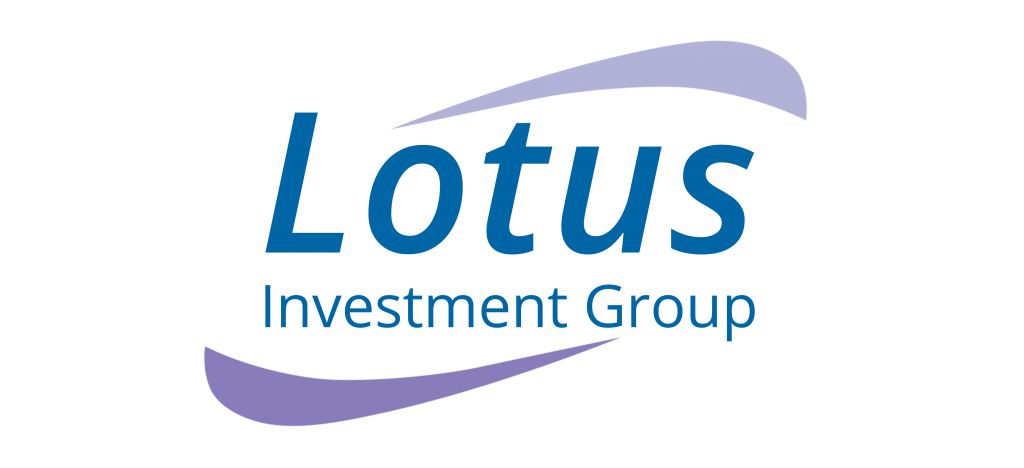Opportunities in Dublin’s Waning Market

Last week we talked about the housing market in numbers. Headline figures included a 55% year-on-year increase in construction activity, an expected 20% increase in mortgage activity by the end of the year and 12.4% house price increases from May 2017 to May 2018. These figures came from the CSO Residential Property Price Index, which is definitely not ‘real time’ data. In fact, the time lag can be six months or more.
This rate of house price increase has been slowing for almost a year, however, in recent months, the trend of slower increases appears to have slowed into decline. In the capital, city centre apartment prices increased 13.5% over the last year. In contrast, houses in South Dublin had the lowest level of year-on-year increase at just 6.6%. The Irish Times carried an article yesterday with the headline ‘More price drops than price hikes in prime Dublin areas in first six months’. This article reveals that more than two thirds of changes in asking prices online (in Dublin 2, Dublin 6 and Dublin 6W) since the start of the year were reductions.The average reduction was greater than 7% – yet, as noted above, the year-on-year increase in this area was only 6.6%.
So, the big question must surely be, where does this leave home builders who are at early stages in proposed developments, will the market assumptions underpinning the entire development hold up? Will this trend cause further viability issues for smaller sites?
Among the causes cited for this downward trend, the new Central Bank mortgage restrictions appear to be having an even greater impact on house prices than was anticipated.
Until now, the commentary was that house prices were still increasing, albeit at a slower rate. This latest finding would appear to chip away at the 12%+ increases achieved over the past year (to May 2018).
The most interesting takeaway here is that we are starting to see a decline, despite stock levels in the Dublin marketplace still being chronically low. This is quite difficult to reconcile, yet, it mirrors what we have seen in the London market since late 2017. Over the past few years, buyers and investors in the capital have paid a premium for relatively low-grade housing due to the shortage, now, while the shortage prevails, demand appears to have slackened. This flies in the face of the basic economic theory of supply and demand. The Central Bank restrictions only explain mortgaged buyers, which means that cash buyers and the majority of residential investors in the Irish marketplace have reined in their bidding.
One Dublin 6 agent was quoted in the above article as saying “Period fixer-upper redbricks on nice suburban squares in need of around €300,000-plus of refurbishment aren’t moving. In the boom people happily ploughed credit into refurbs, but that money just isn’t there now. And if you have the cash, you can hardly get a builder, and if you do you’ll pay heavily for the work.” On the other side of that, the same agent describes the continuing demand for turnkey properties in the Dublin 6 area. This seems like an infinitely solvable problem – otherwise known as an opportunity – for private investors with access to a fast and reliable funder… 😉
Ian Lawlor
086 3625482
Director / Business Development
Lotus Investment Group
